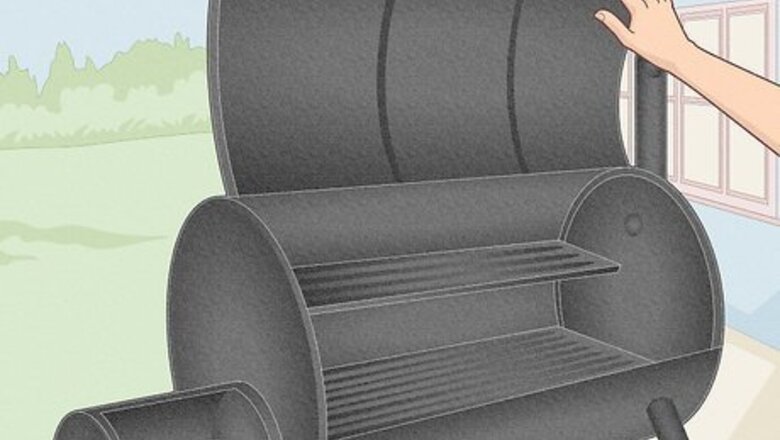
views
Preparation
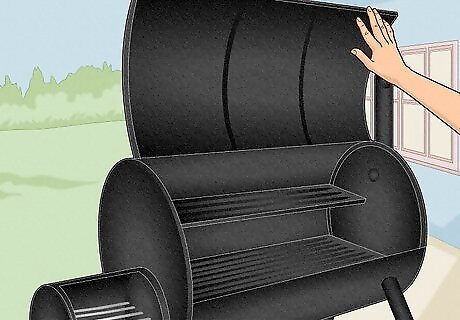
Acquire your smoker. Electric, charcoal, gas and water are popular types of smokers that are used with everything from jerky to turkeys. Electric and gas smokers will generally cook meat slightly faster than the other types. Some experts believe that an offset smoker can give an ideal result, while a pellet smoker gives only a decent one. Assemble your smoker if you have just purchased it. Pay careful attention to the fire box and the air vents. These are essential parts of the smoker, which can result in fire or ruined meat if broken.
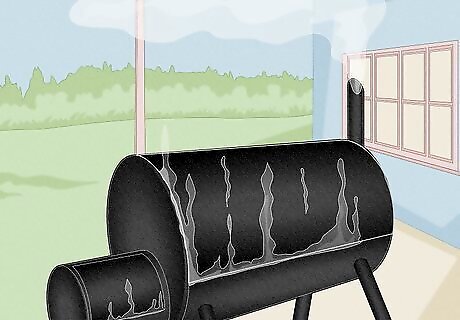
Cure your smoker before you use it to cook. You will need to start a fire in the fire box. Get it up to a temperature of 400 degrees Fahrenheit (204 degrees Celsius) and then turn it down to 225 (107 degrees Celsius) to smoke for several hours. You will remove contaminants and have a layer of seasoning in the smoker.
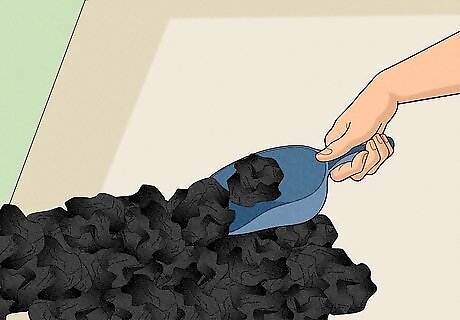
Buy your wood chips or charcoal. Wood chips are generally used with a smoker to create the smoke flavor, and they come in varieties like oak, alder, cherry, hickory, mesquite, and apple. Make sure the wood you choose is free of any chemicals. This is true of charcoal smoking as well, since the fumes from the chemicals will go directly on your meat. It is a good idea to begin with pre-soaked chips, instead of making your own.
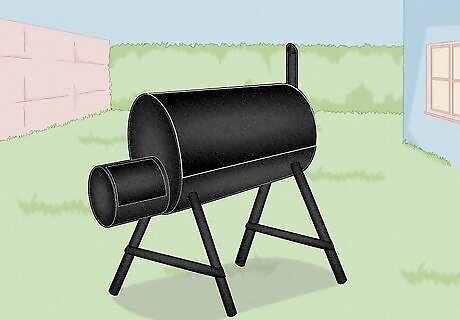
Find a safe place to put your smoker outdoors where it will not be a fire or health risk. You will want it to be outside away from strong winds.
Meat Preparation
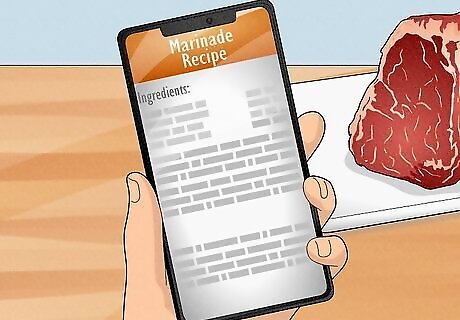
Find a dry rub or marinade recipe for your smoked meat. Mix it up a day before you plan to smoke.
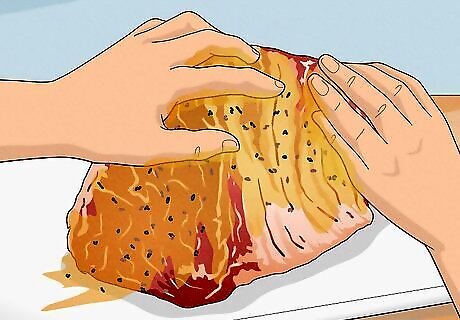
Apply the rub or marinade to your meat.
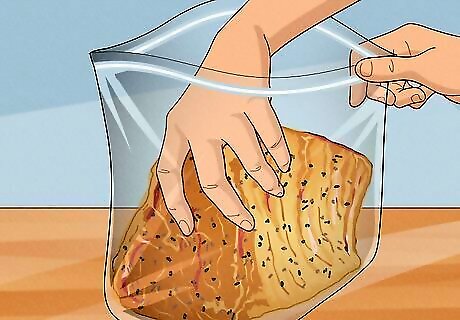
Place the meat in a plastic or glass container. Store it in the refrigerator overnight or for up to 1 day.
Smoking Technique

Fill your smoker with fuel. This can be charcoal, a propane gas tank or simply the electrical plug.
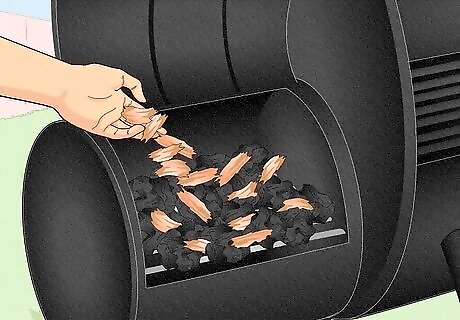
Insert the wood chips, if you are using them. Make sure that you have more nearby to restock the smoking chamber. If you are using a gas smoker, you will want to place the chips inside a foil packet. Poke holes in the top of the packet 6 or more times. Place the packet very close to the heat so that it will produce smoke. If you are using a water smoker, you can place fresh herbs in the water to give the meat extra flavor.
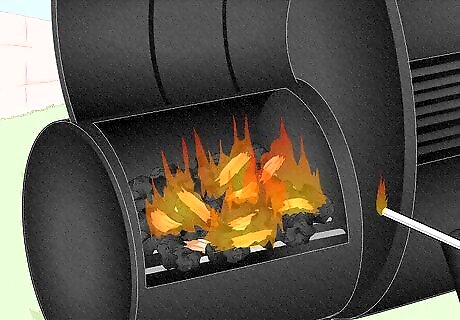
Start your fire. You will need to ensure air can get around the wood or charcoal, so open up the air vents wide. Then, let it heat for at least 20 to 30 minutes. While your fire will reach high temperatures of 400 degrees at the beginning, you will want it to cool down to a lower temperature. After 30 minutes, turn the air vents nearly closed to discourage fire and encourage smoldering coals or wood.
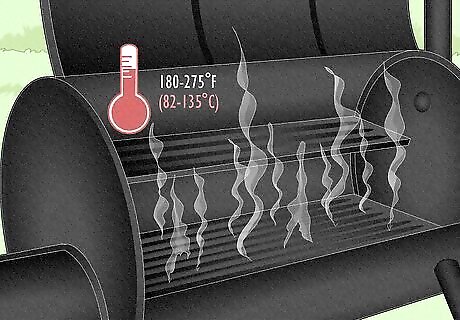
Aim for a temperature between 180 and 275 degrees Fahrenheit (82 to 135 degrees Celsius). The temperature should be adjusted according to the type of smoker, the type of meat and the size of the meat pieces. For example, fish should be smoked at a lower heat than beef. A large pork shoulder can use a higher heat than small pieces of beef jerky. Electric and gas smokers tend to cook hotter, so turn the heat down to a lower setting.
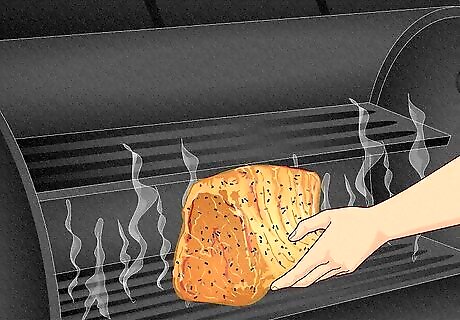
Insert the meat on a rack or on multiple smoking racks.
Smoker Timing
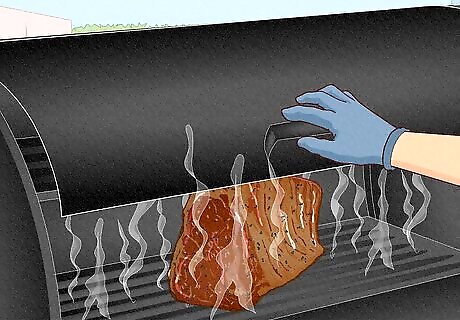
Check on the meat only 1 to 2 times per smoking session. You will need to check on the fuel and wood chips to replace them. Remember that each time you open the smoker, you will let heat escape.
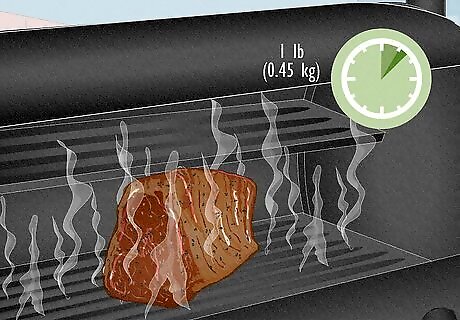
Smoke approximately 1 to 1.5 hours for each lb. (0.45kg) of meat. If you believe your smoker cooks at a hotter temperature, you will want to aim for 1 hour per lb. You can also cook longer at a lower temperature.
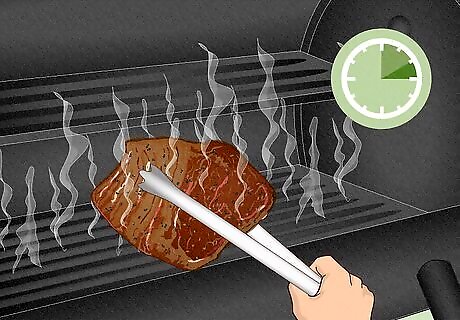
Rotate the meat every 2 to 3 hours.
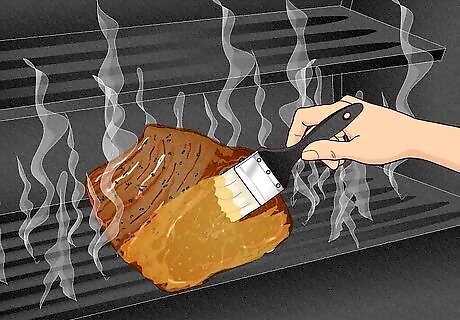
Mop some marinade on the meat each time before you turn it.
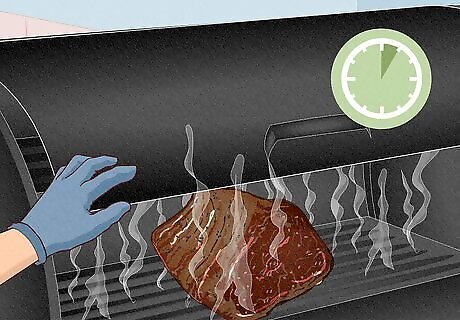
Check on the meat at least 1 hour before it is scheduled to be done. It is better to under-cook than overcook, because you can always reinsert the meat into the smoker and cook it more. Overcooking is common with small off-set home smokers.
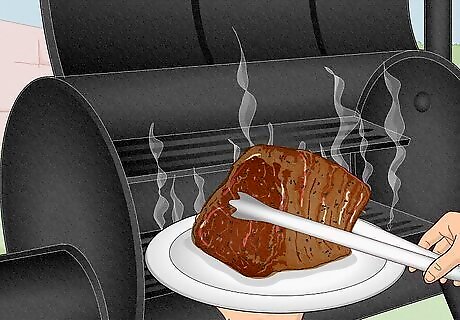
Remove the meat when you have checked it and it looks done. Remember that some woods can give meat a redder color, so it will be harder to tell when it is cooked.










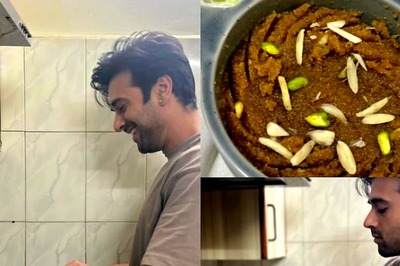




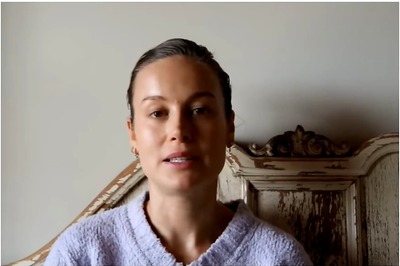


Comments
0 comment